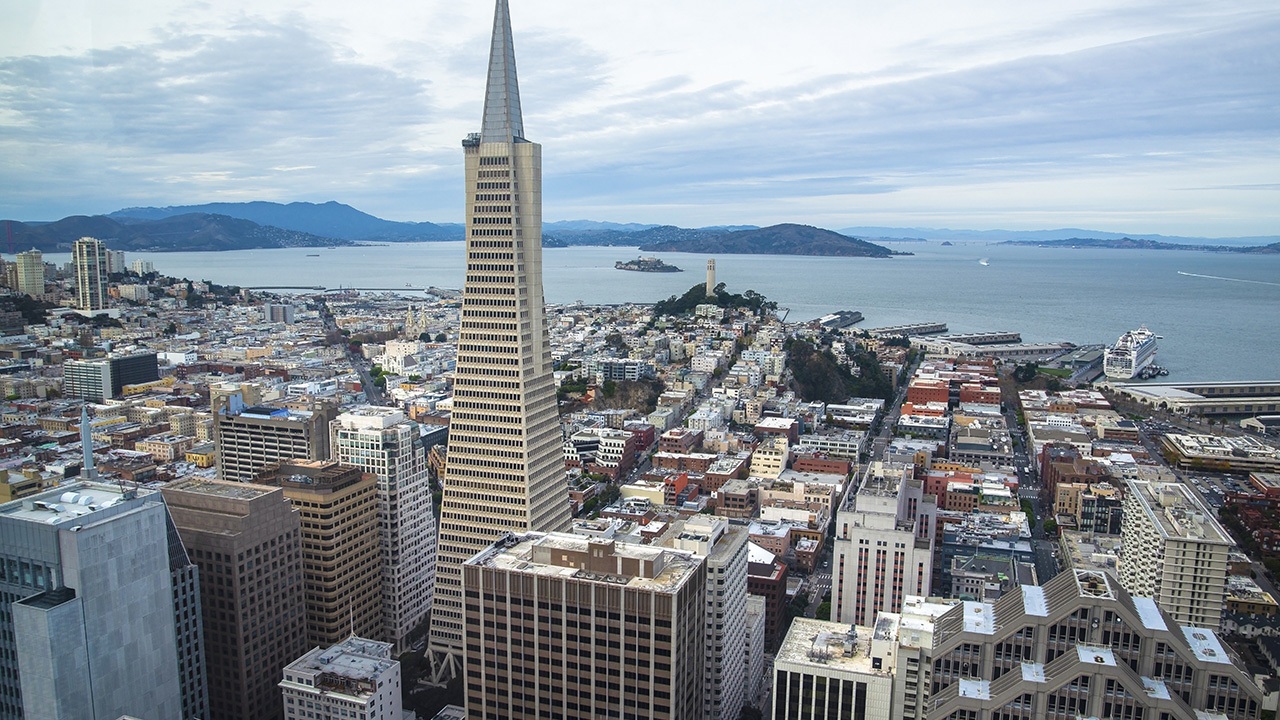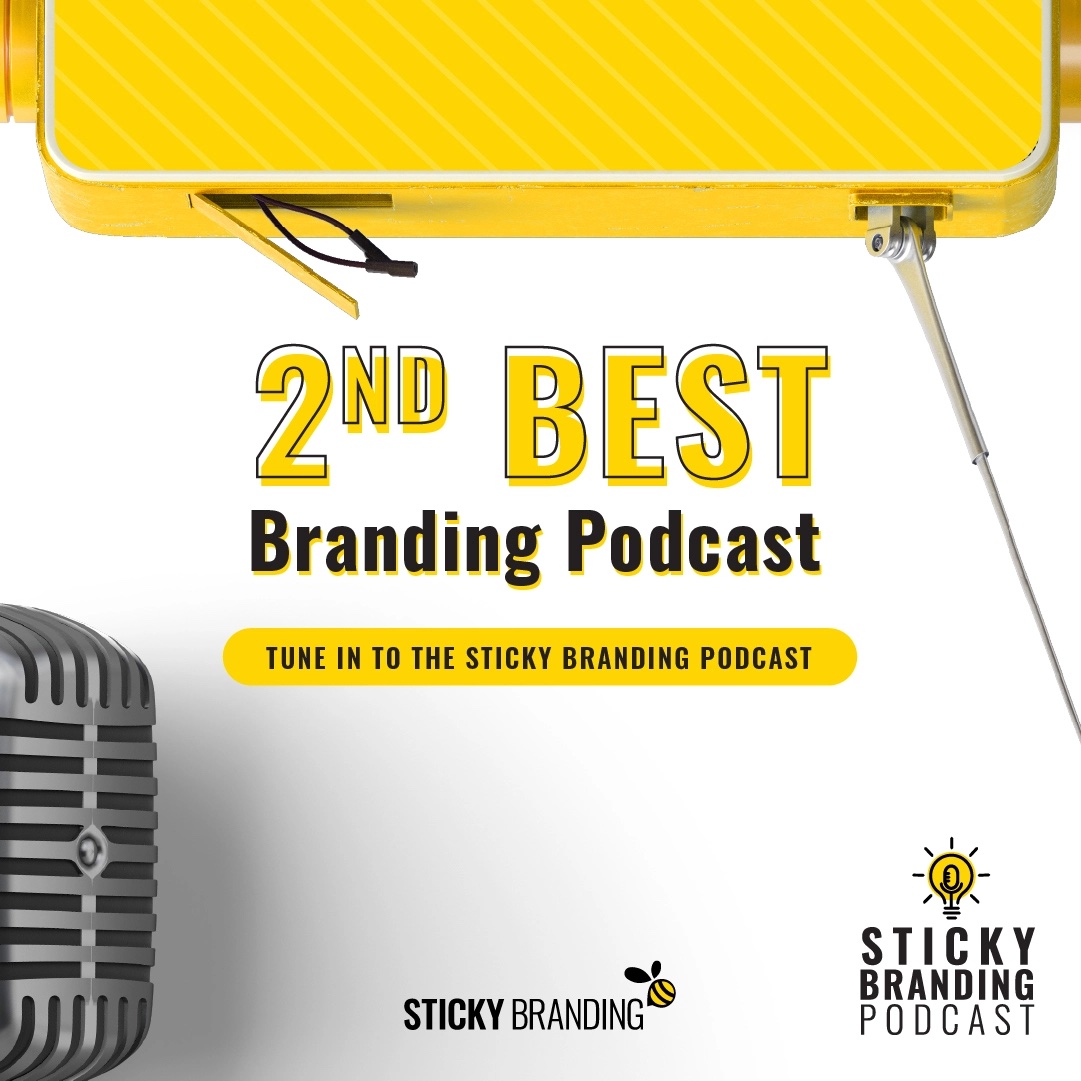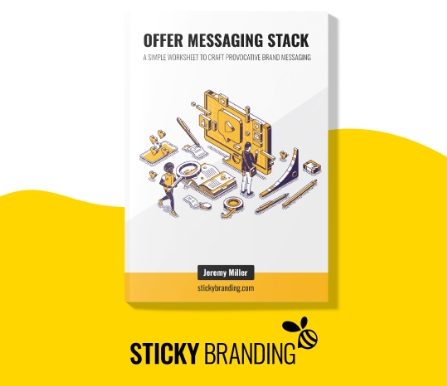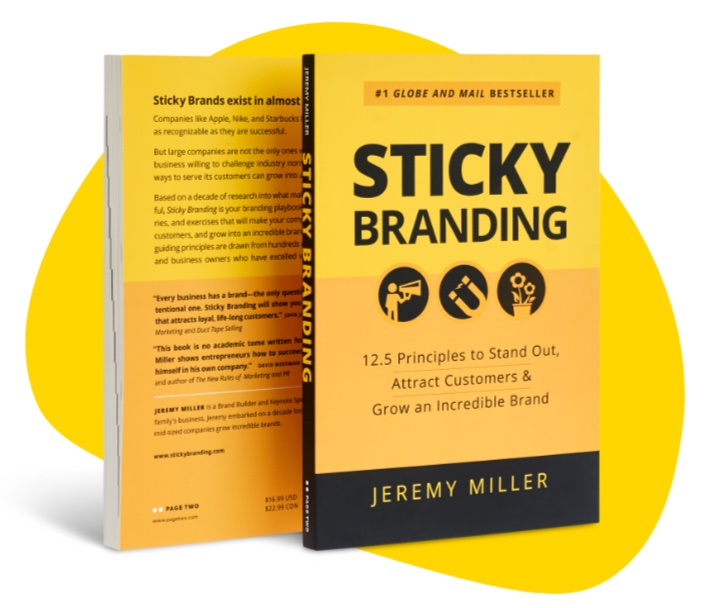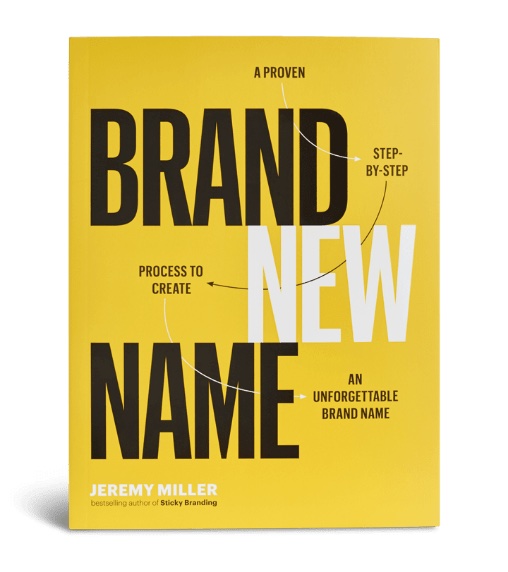Until very recently where you worked said a lot about your business and your brand. In the 80’s it was unacceptable to say you worked from home, because it suggested the business was small and unreliable.
Corporate headquarters were built to make a statement. The Chrysler Building in New York, the Transamerica Pyramid in San Francisco, the Sears Tower in Chicago and the Scotia Plaza in Toronto are all very visible landmarks demonstrating the power, success and stability of the companies that built them.
Landmark buildings don’t carry the same meaning anymore. The Internet and globalization has changed our expectations of brands. In the pre-Internet era the size, location and beauty of a building was a heuristic for a brand’s credibility. The building stood as a very visible sign of a firm’s success and wealth. Not anymore. Buildings don’t carry the same influence, because customers use new tools like Google, Twitter, YouTube and websites to assess and evaluate brands.
The Web democratized talent
You can buy amazing products from big companies and small companies alike. You can work with people face-to-face, over the phone or online.
Services can be delivered almost anywhere in the world. The old paradigm was to hire service providers in your own backyard, but now you can hire a company in Manila, Madrid or Montreal. The choice is yours. The question is not where the business is based, but what it’s capable of delivering.
The global availability of talent and resources changes the branding game. If customers don’t see your office building, they have to look for other cues to assess your brand. And the most logical place to look is online: Google, social media, YouTube and websites.
Craft expertise moments
When your customers are looking for information, how do you help them? What information do you provide? What experiences do you create that demonstrate your business’s strengths and capabilities?
Your job is to feed the Web with content and experiences that help your customers understand who you are, what you do and who you serve. Your brand’s digital footprint should distinguish it from the competition by not only revealing your knowledge, but also your personality and values. A brand’s digital footprint is the new office tower.
Think of your digital content as a distinctive, office tower like the Transamerica Pyramid. The Transamerica Pyramid stands out as a landmark on the San Francisco skyline. It helps position Transamerica’s brand and brand personality.
Even though Aegon acquired Transamerica in 1999, the building still has very strong brand associations with the original company. That’s the power of a well-crafted brand, and you too can achieve that distinctive position through the branded experiences you create online.
Expertise is available everywhere
The volume of content online is overwhelming. You can find service providers and products from around the globe. The challenge is standing out and demonstrating your expertise in a very crowded world.
The old rules of branding are quickly falling apart, but you can predict your customers’ needs: they want information. So feed it to them. Build a magnificent tower with your digital brand.
